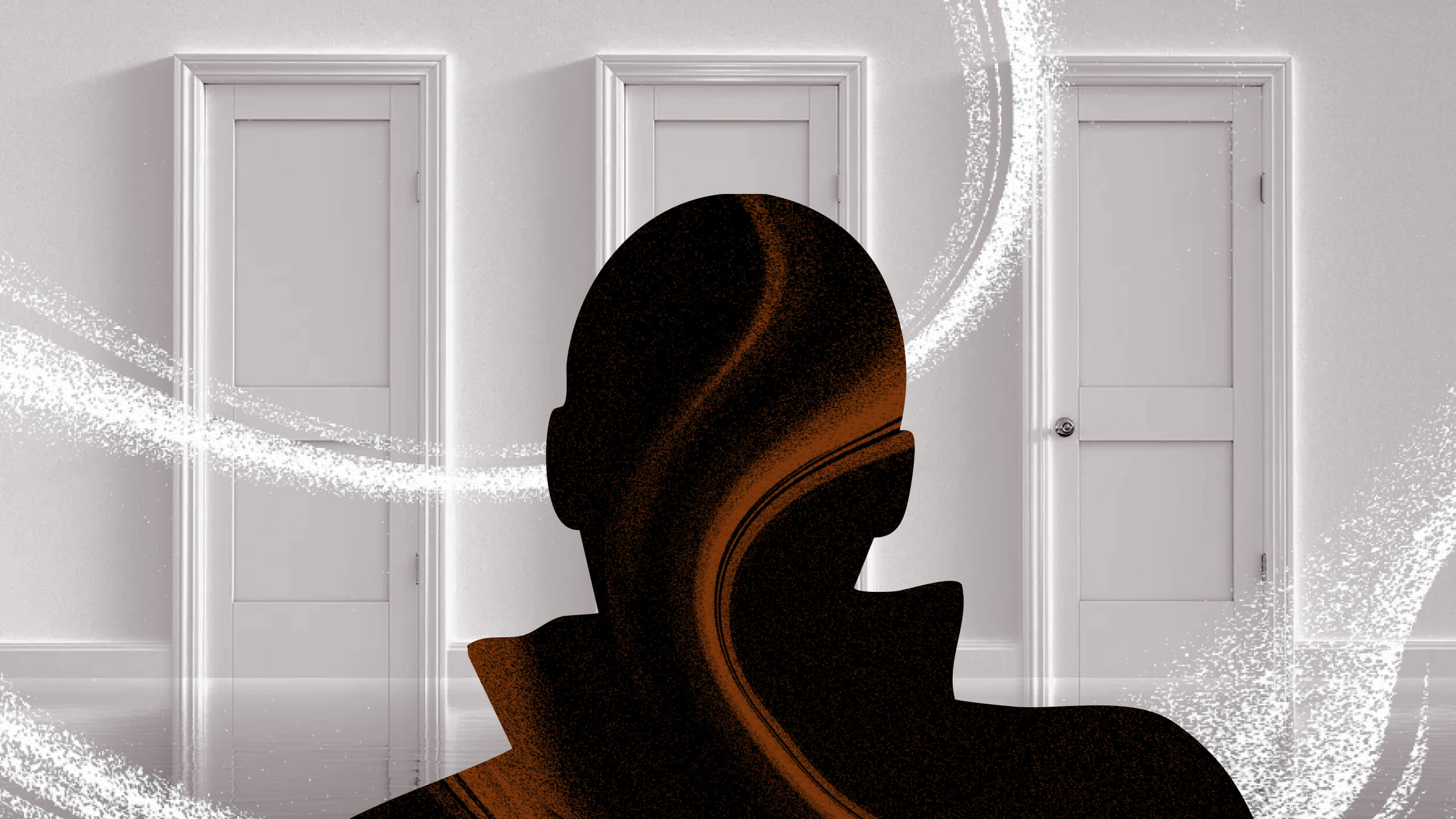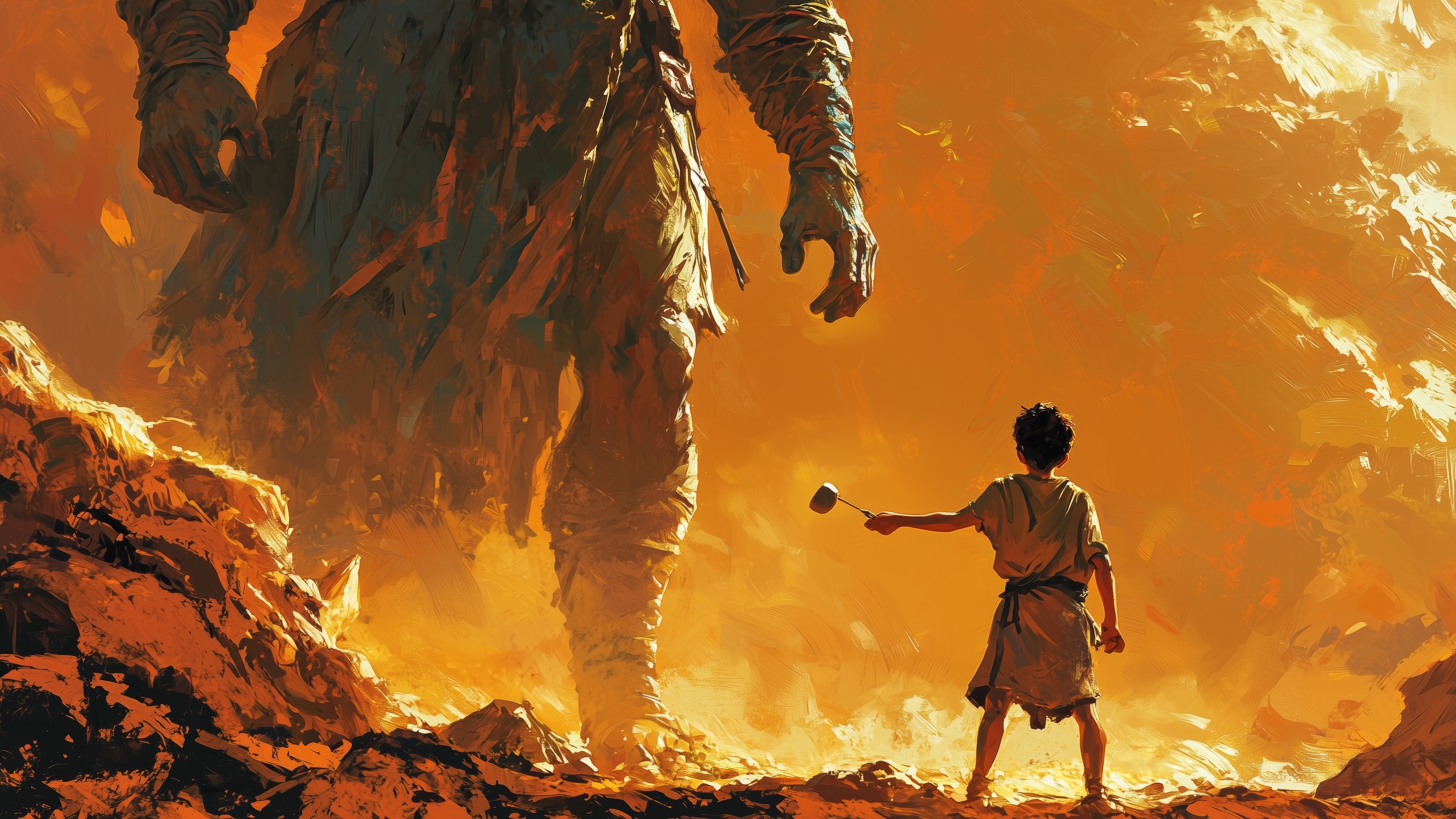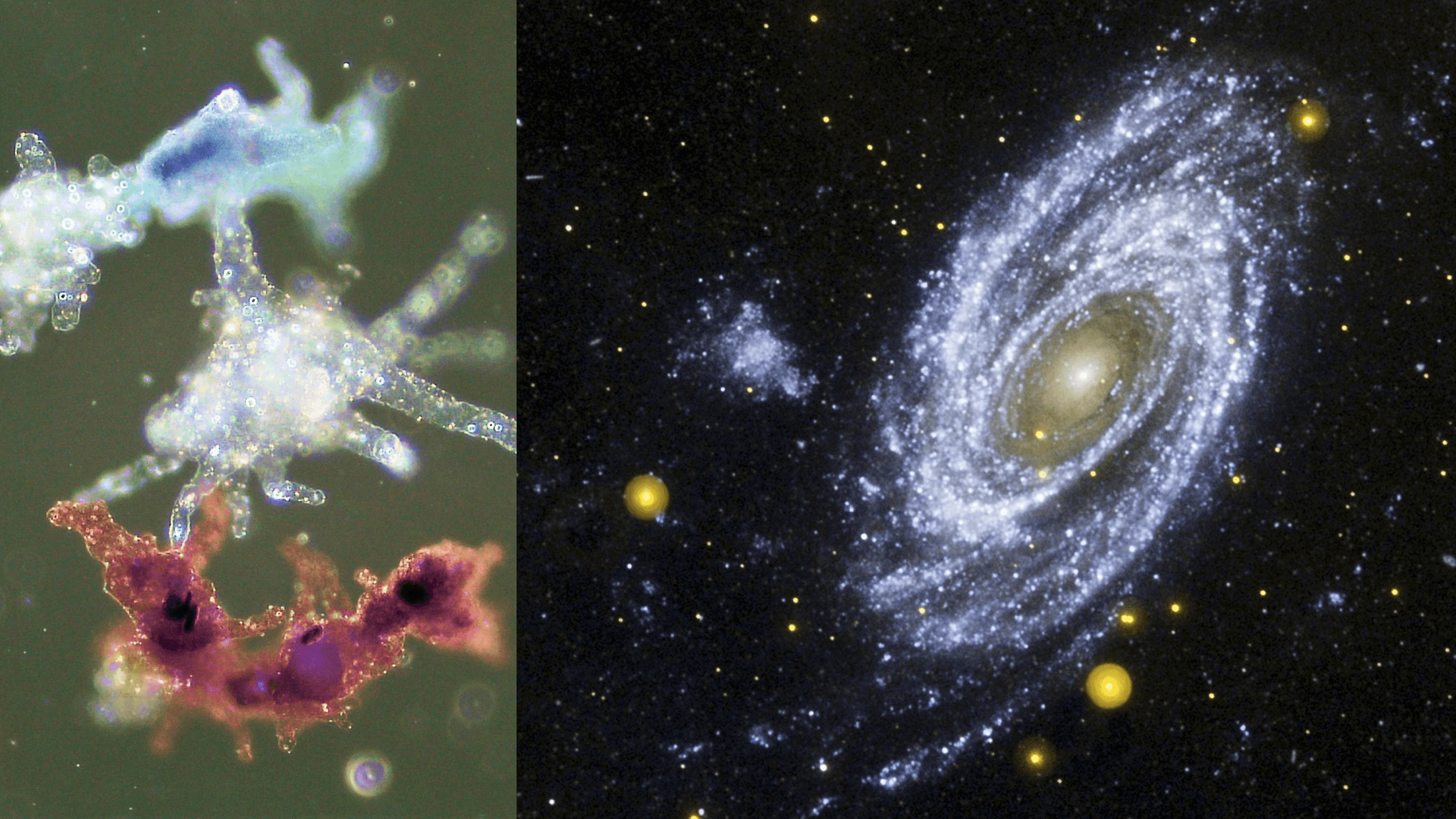Geoffrey Kent is a pioneer of the photographic safari. His motto: Shoot with a camera, not a gun. He also advocates for funneling tourism money in sub-Saharan Africa to the local villages rather than allowing it to remain in the hands of professional hunters and government fat cats.
Kent is the founder and CEO of the Abercrombie & Kent travel company, and in this video he details his history as a purveyor of safari vacations, as well as his thoughts on poachers, endangered animals, and Cecil the Lion. Kenya banned hunting completely in 1977, partly due to the rise of the photographic safari. Despite initial worries about the lawlessness prohibition could engender, the results of the hunting ban have been extremely positive.
“People morally cannot go out killing animals which are going to become extinct,” explains Kent, before listing off a list of familiar species we can expect not to see anymore in the coming decades.
Geoffrey Kent: I was the only Kenyan to start a photographic safari and I said I will shoot with a camera, not with a gun. I’d rather the click of a camera than a bullet going in and my pictures would stay with me forever. Of course, when I started that we were nothing. The big game hunting safaris made all the money and of course in all these things you’ve got to look at most things always go back to money. Today look what we’ve done.
Kenya banned hunting completely in 1977, all right. Because photography really led by myself was gaining. And so what damage did it do to Kenya? Nothing, all right. So you hear these great conservationists say oh my goodness, if you take it away these big blocks of land who’s going to police them? They’ll all be poached. And it didn’t happen. Then Botswana just canceled it. Has it been a problem? Didn’t happen because they have a very high level, a high yield, low impact of photographic safaris.
To make this successful and sustainable the community, the local communities around where the animal — where the wildlife live, they have to be rewarded. Big game hunting — everyone always quotes, "Oh, we can make so much money." Where does the money go? I don’t see it go to local communities. It goes to professional hunter to the government who gives the lease of the land. But what about the people who live there? What do they get? Nothing. And so what I do with my gorillas in Uganda, you know; we habituated the gorillas. I built Bwindi. I persuaded President Museveni to make it into a national park.
Today our gorillas — we now habituated eight troops. The license fees alone come to the local people. Our company alone brings $1 million a year in license fees. Do you think we’ve lost any gorilla in 25 years? No. Do you think we lost lots before? Masses. They were killed and their babies were transported to zoos. And so you have to reward the community. And, by the way, that one idea of my highland mountain gorilla, they represent today in the whole world half of the gorilla left in the world through my one idea. We have 360 gorillas there and no more than 800 mountain gorillas left in the world. When I was born — make it that simple. They always say 20 million elephants alive. Today there are 500,000 elephants alive. Rhinos there were 500,000 alive when I was born and we’re now down to just 5,000 black rhino left and 20,000 white rhino. Elephants are being killed at the rate of one every four minutes. Rhinos are being killed at the rate of one a day.
People actually morally cannot go out killing animals which are going to become extinct. And they will become extinct. The rhino has 10 years maximum with this rate. Elephant — 15 years and the lion too. I mean we’re down to 40,000. And so how can you actually shoot a lion, let alone I mean the Cecil one is appalling because it had a collar around its neck; it was in the Hwange National Park. It was lured out, I’m told, by meat. But it had a collar around its neck so how could a professional hunter with a scope on his rifle shoot this animal. It’s like shooting a dog. These people should convert all those lands to photography. They should have all the excitement of a high-yield, low-impact trip. Bring them out. Bring them in camps. Take them on night drives. Take them out walking. But at the final moment stalk animals, but at the last minute shoot with a camera.





